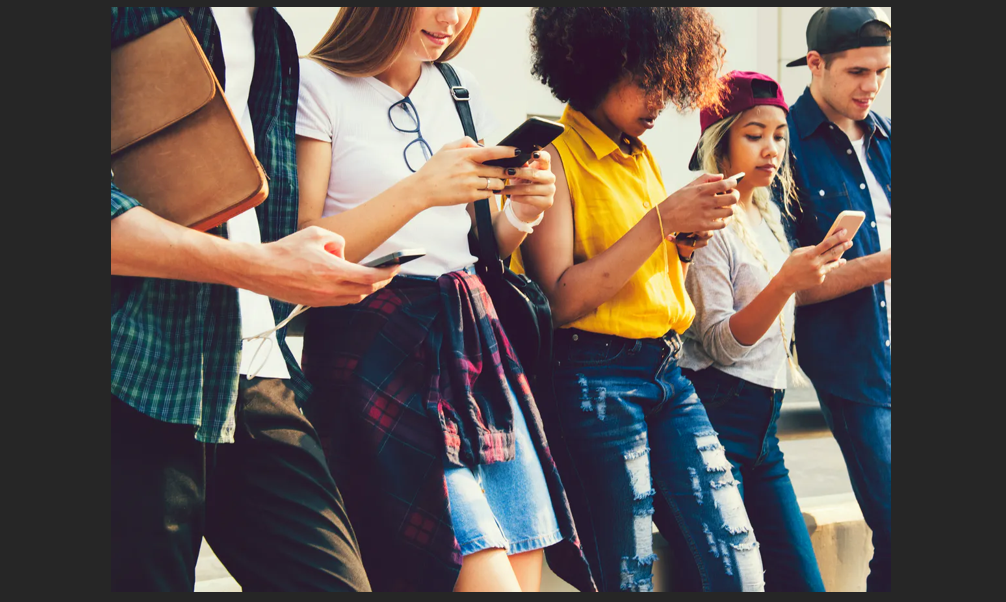Born between 1997 and 2012, Generation Z has been immersed in technology since the day they were born. Known as Digital Natives, these are people completely comfortable with technology. They’ve had access to digital devices 24/7 for most of their lives.
Retailers can’t ignore the buying power of this young generation, estimated at more than $360 billion, and most of them haven’t yet graduated. Gen Zs are more racially diverse than any generation that went before them and they will be the most educated. Most of them were born to Gen Xers, who did not have the financial resources of their parents so Gen Zs know the value of money. They saw their parent struggling to pay off student loans and battling through a recession. As a consequence, they look for quality and value for money. Understanding the retail sales expectations of this generation is key to attracting their support.
Generation Z Retail Sales Expectations
Generation Z demands authentic brands that support causes like environmental protection and racial equality. They don’t just buy products they buy into a brand and because they have grown up with complete access to digital devices, they have learned how to quickly filter out content and messaging that doesn’t resonate. They are interested in the company’s mission and values. They are more likely to buy from a brand that supports a cause and they are prepared to pay a premium for it. Most of all they demand authenticity.
Generation Z spends about three hours a day on social media so this is where they shop. Retailers must meet Gen Z on social media or lose out. According to McKinsey, about 40% of Generation Z make purchasing decisions based on social media influence. Unlike older generations are more heavily influenced by adverts, the opinion of friends and family, and online reviews.
Influencers and brand ambassadors play a big part in where and what Gen Zs buy. A recent Google survey shows that YouTube is a favorite platform that Gen Zs use when they want to relax. They have an appetite for short videos, so it makes sense for video marketers to engage with this audience on Instagram and YouTube.
75% of Gen Zs shop online using their smartphones. Yet, unlike Millennials, they prefer to shop in brick-and-mortar stores for items like clothing, food, and electronics. They want to interact with the items in the store. They also have a need for quick fulfilment so they like to take their purchases home with them rather than waiting for a delivery. Gen Zs enjoy combining an in-store event with the digital experience by scanning physical items and then doing their research online later. Retailers who embrace omnichannel shopping are thus more likely to attract Gen Z retail shoppers.
How Retailers can Embrace Omnichannel Shopping
Omnichannel shopping is the retail space of the future and retailers hoping to attract Gen Zs will have to embrace this change. It may take some innovation but there are ways to do this;
· Install QR scanners – place QR scanners throughout your store. This will encourage your young tech-savvy customers to scan and research similar items. You can also use the system to offer personalized discounts
· Customer service – enhance end-to-end customer service in both physical stores and online. Gen Zs are impatient. If they’re not happy with the service, they’re moving on to the competition.
· Augmented reality – Many businesses have already embraced AR online and in retail stores. It’s fun, it’s engaging and it’s the future
· Make in store shopping fun – create a fun and immersive shopping event that the youngsters want to share on Instagram. You’ll reap the benefits.
Meeting Your Gen Z Customers on Their Terms
Given the size of the market, retailers can’t ignore the shopping habits of Generation Z. With a little imagination and innovation, savvy business people can attract the attention of these digital natives.
Meet with them on social media, know their influencers and don’t underestimate the importance of the physical store. This is a generation that expects retailers to meet them when and where they are ready to shop.
